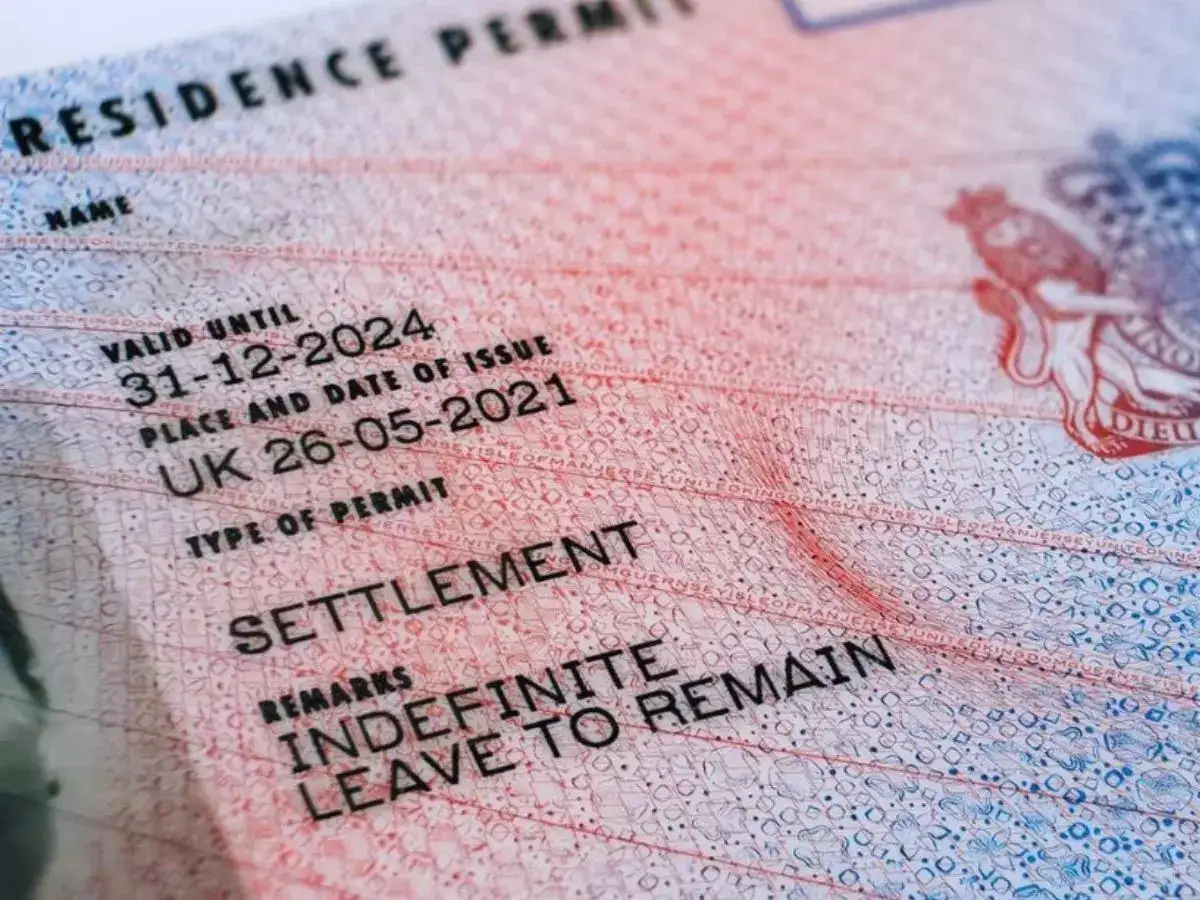In a major overhaul of the UK’s immigration policy, Prime Minister Keir Starmer announced new measures on May 13, 2025, that will significantly impact immigrants seeking permanent residency. The most notable change is the doubling of the wait time for permanent residency from 5 to 10 years. This decision is expected to have a particularly harsh impact on Indian nationals, the largest group of immigrants to the UK.
1. New Rules for Indefinite Leave to Remain
The new policy means that immigrants will now need to live in the UK for 10 years before they can apply for Indefinite Leave to Remain (ILR), a significant shift from the previous system, where individuals could apply for ILR after just five years. This move will drastically affect Indians, who make up a substantial portion of the UK’s immigrant population, primarily arriving for work and educational opportunities. In 2023, nearly 250,000 Indians moved to the UK, according to official statistics.
2. Impact on Skilled Worker Visas

Along with the extended residency requirement, the UK government is tightening rules for the skilled worker visa. Immigrants applying for skilled worker visas will now need a degree-level qualification, an increase from the previous A-level requirement. This change is part of a broader effort to ensure that immigrants contribute positively to the UK economy.
3. Further Measures to Curb Immigration
Starmer has also signaled that the UK government may take further steps to limit immigration if needed. He stated, “We will take back control of our borders” and emphasized that the UK must limit immigration to focus on the long-term well-being of the country. Although the government has yet to specify targets, Starmer has promised that migration numbers will “fall significantly.”
4. A Shift in UK Immigration Policy
Under the new rules, immigrants must demonstrate that they have made a “real and lasting contribution” to society to be eligible for ILR. This marks the end of the automatic settlement policy that allowed immigrants to settle after five years. These sweeping changes aim to limit the number of lower-skilled workers entering the UK, with employers facing stricter hiring criteria for overseas workers.
5. What This Means for Indian Immigrants

For Indian professionals and students, the new residency policies will make it more difficult to secure long-term residency. The UK’s move to limit immigration comes amid growing political pressure, particularly from the Reform UK party, which has seen a surge in popularity. While the UK government’s overall immigration numbers have fallen, the shift in policies is a direct response to growing concerns over rising immigration and its perceived impact on local jobs and resources.
Conclusion: Navigating the New UK Immigration Landscape
With the new immigration reforms, India’s large immigrant community in the UK will face increased challenges in securing long-term residency. The extended wait time, tougher visa requirements, and potential for further measures reflect the UK’s shift toward controlling immigration more strictly. While the policy aims to address domestic concerns, it could also strain UK-India relations, especially as Indian nationals form a crucial part of the UK’s skilled labor force.
For those hoping to navigate these changes, it’s important to stay updated on the latest UK immigration news and policies. Visit the official UK government page for more details on applying for visas and residency.
Read more about how immigration reforms are affecting global migration trends









